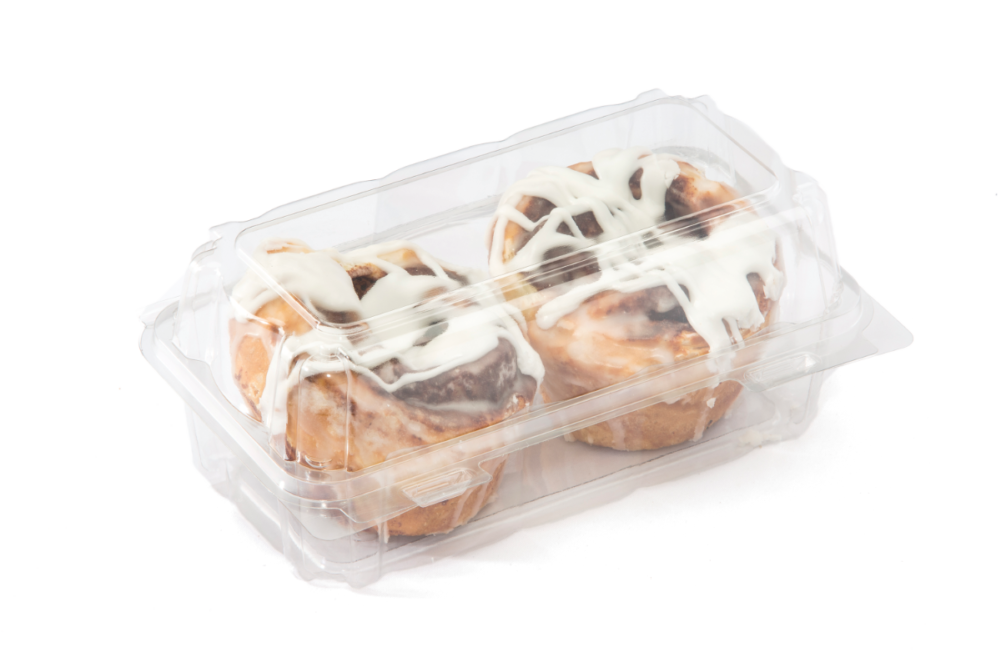The demand for packaged food products is increasing, as consumers demand more convenience, opt for smaller portions and worry about food safety — among other reasons.
But there’s also a trend in the opposite direction: increased concern about the environment, which for many means concern over excess plastic and other packaging materials in the nation’s landfills.
Now more than ever, packaging companies and their retail partners are innovating to help ensure that these two, opposing, forces can find a happy medium.
“Consumers have been clear — they want convenient and durable packaging that’s easy to eat out of and transport, as well as single servings or mix-and-match containers that allow for healthy food choices,” said Cindy Blish, associated brand and communications manager for Shelton, Conn.-based Inline Plastics. “But above all, they want safety and security. Packaging needs to be clear so food is seen, and tamper-resistant.”
Inline delivers that with its patented Safe-T-Fresh line, which includes the first ever tear-strip technology that provides that food security. Hundreds of SKUs give a variety of options for sizes and shapes, and all containers utilize the company’s innovative technology, which creates a tight seal that prevents leaks, extends the shelf life, and reduces food waste.
Baxter, Minn.-based Lindar Corp. also has seen higher demand for packaged food products, said Dave Fosse, the company’s director of marketing, key accounts.
“The main reasons are improved product presentation, improved space utilization, convenience for the customer and packaging utilization, which can include package downsizing, changing raw materials and design changes,” he said.
Keeping waste in check
As the demand for packaging has gone up, however, so has concern over the environment, Blish said.
“Consumers are becoming more educated and concerned about waste,” she said. “You see that businesses and consumers have started working together to minimize waste and live in an environment that promotes the efficient and effective use of all our resources.”
Since all Inline containers are 100% recyclable, Blish said the company is making it easy for consumers to prevent waste by putting its packaging back to work and giving it a new life.
Inline has made it a corporate goal to balance convenience with sustainability. That includes an effort to create a circular life cycle where resources flow from production to consumer, and then back into production, allowing them to be reborn and reused over and over.
Plastic has been very high profile for adding significantly to the waste stream, Fosse said. Through purpose-driven design and looking at the entire supply chain, Lindar has sought to bring effective utilization of packaging materials to minimize waste.
“We see this as a core of our business and who we are,” Fosse said. “We seek out new materials and processes that improve package efficiencies throughout the entire supply chain.”
Lindar, Fosse added, is “a spoke of a bigger wheel” — a wheel he said has been more recently been referred to as a circular economy. Lindar’s food packaging, for instance, has been limited to PLA (non-petroleum, compostable) and PET-only for over 15 years.
“We’ve been working with our vendors to move our PET toward 100% post-consumer recycled content. That doesn’t happen overnight, but we are well on our way to making it happen.”
Lindar’s goal is to have all of its food products, and later all of its consumer products, made from 100% post-consumer material, reducing food waste because of damaged product within the package.
Cutting-edge solutions
Inline was the first PET food packaging manufacturer in the US to provide products with post-consumer content born from cutting-edge technology, recycling at the molecular level.
By using rDPET, Inline, Blish said, is providing a perfect balance: consumers are able to have the convenient and safe packaging they desire with materials that are able to be broken down through these proprietary processes, and reborn into new products multiple times over.
And not only are all Inline Plastics products 100% recyclable, they’re now made with post-consumer recycled PET. Inline containers have been reborn through the use of rDPET, the high performing food-grade packaging material which contains post-consumer content, making it the lowest carbon footprint on the market material today.
“By intentionally using post-consumer materials in our production, it allows Inline’s R&D teams to creatively design and develop new, more convenient container options,” Blish said. “We can offer consumers what they want — single-serve and portable packaging options — because those containers will live again as new products down the road.”
Additionally, the advancements in chemical recycling continue to develop, and as those processes are refined and improved, Inline is committed to utilizing them, Blish added.

